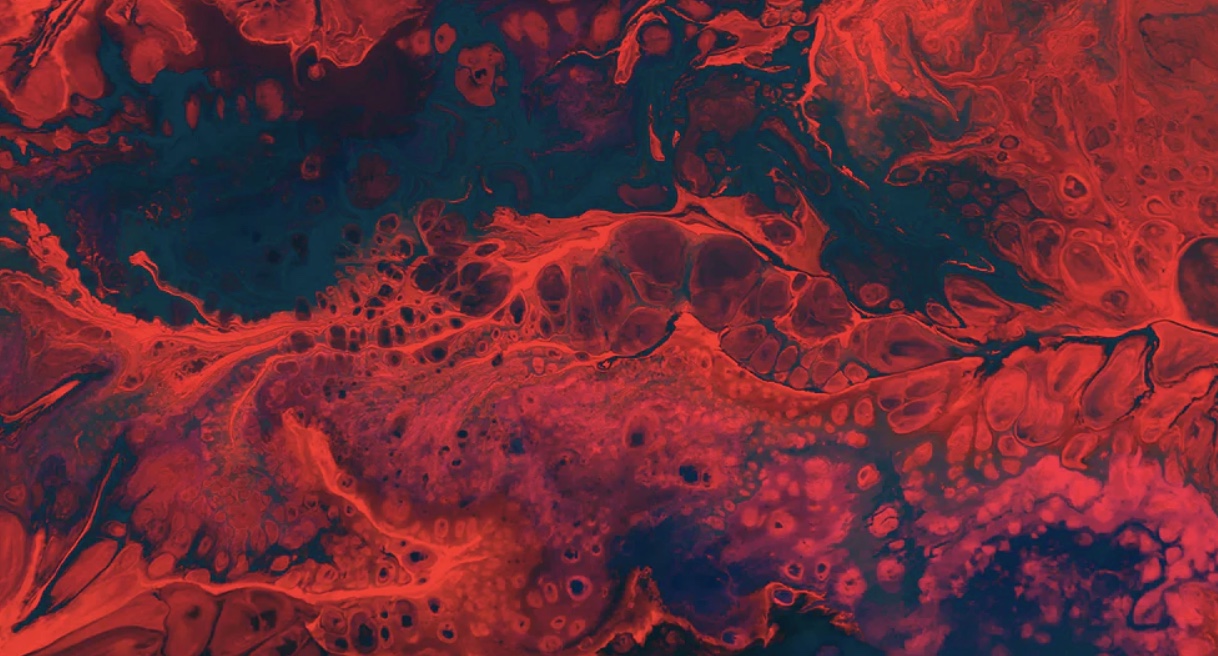The surfaces in your home are the perfect place to start with when you’re looking for ways to make it more beautiful and functional. While different surfaces require different treatments, there are a few common types of surface treatments that can be applied to almost any type of surface. In this article, we will explore 8 different types of surface treatments.
Contents
1. Varnishing
Varnish is a liquid solution that has been dried. It forms a hard, smooth film on the surface it is applied to and protects it from water damage. Varnishes are typically available in both oil-based and water-based solutions. You can apply it to the surface of your wooden furniture and make it look new again without spending too much time or money on repairs.
2. Waxing
Wax is a type of finish that is usually applied to floors and furniture but can also be used on walls in small rooms and spaces. It’s typically made from natural waxes or petroleum-based products. When used, it fills in the surface pores and protects against moisture damage. It’s usually applied to surfaces that are going to have a lot of friction or direct contact. You can use wax on the floor of your kitchen or dining room to protect against water and grime.
3. Applying Tile Grout
The grout on your floors is an important element in controlling the look and feel of a space. It helps to hide tile damage, spaces between tiles, or joints that are not properly finished. A good grout can make all the difference in the world when it comes to how a room feels. Grout is available in many different colors and patterns that you can match to the theme of your home. It can also help you to identify spaces in a room that might need a bit more attention.
4. Hot Air Drying
Hot air drying is another great way to ensure that your surfaces are completely dry when you’re ready for the next step in the application process. It is normally used on floors, countertops, and other surfaces that cannot be moved from one area of a home to another. Does this process interest you? For more information visit Ahlbrandt and learn how hot air drying enables surfaces to have evenness. It will help you understand the details about the process and operation of the systems. It’s best to research all possible options before finalizing one.
5. Applying A Lacquer Finish
Lacquer is a thin coating that is applied to your wooden furniture for protection from water damage, surface abrasion, and peeling. It’s not usually a finish that is used on the walls of your home, like waxing or plastering, but can be added to any other surface as long as there is a clear coat already in place. You can also use lacquer to complete the look of your wooden furniture by adding another layer of protection over the top of it. The lacquer will blend into the existing finish and give it a more vibrant look while protecting it for years to come.
6. Applying A Plaster Finish
Plasters are another great way to add color and style to the walls in your home. It can be used as an accent wall or throughout an entire space, depending on your taste and preferences. Plaster finishes are typically used in spaces where you want to make a statement with your decorations while keeping the colors simple and neutral. It’s usually applied by hand in layers for a better finish, but you can also apply it with a trowel for a flat and smooth look.
7. Applying Acrylic Paint
Acrylic paint is one of the most popular types of paint currently on the market. It’s easy to use, affordable, and comes in many different colors that you might choose from for your walls or wooden furniture. When used on the walls, it’s important to choose a paint that is made for interiors. Acrylic paint is made from synthetic materials that help to repel water and resist fading over time.
8. Applying Stains
Stain can be used on almost any type of wood surface, including the wooden flooring and banisters in your home. There are several different types of staining that you can choose from as well. Some are meant to give a shiny finish while others are matte or flat. Wood uses commonly have a few stains options, but there are also several other surfaces for which these treatments can be used.

The article discusses the different types of surface treatments and their application process. Most of the surface treatments require you to cover any areas that might be damaged during the application process. It’s also a good idea to use latex gloves so you don’t stain your skin or ruin your clothes while performing these tasks.
